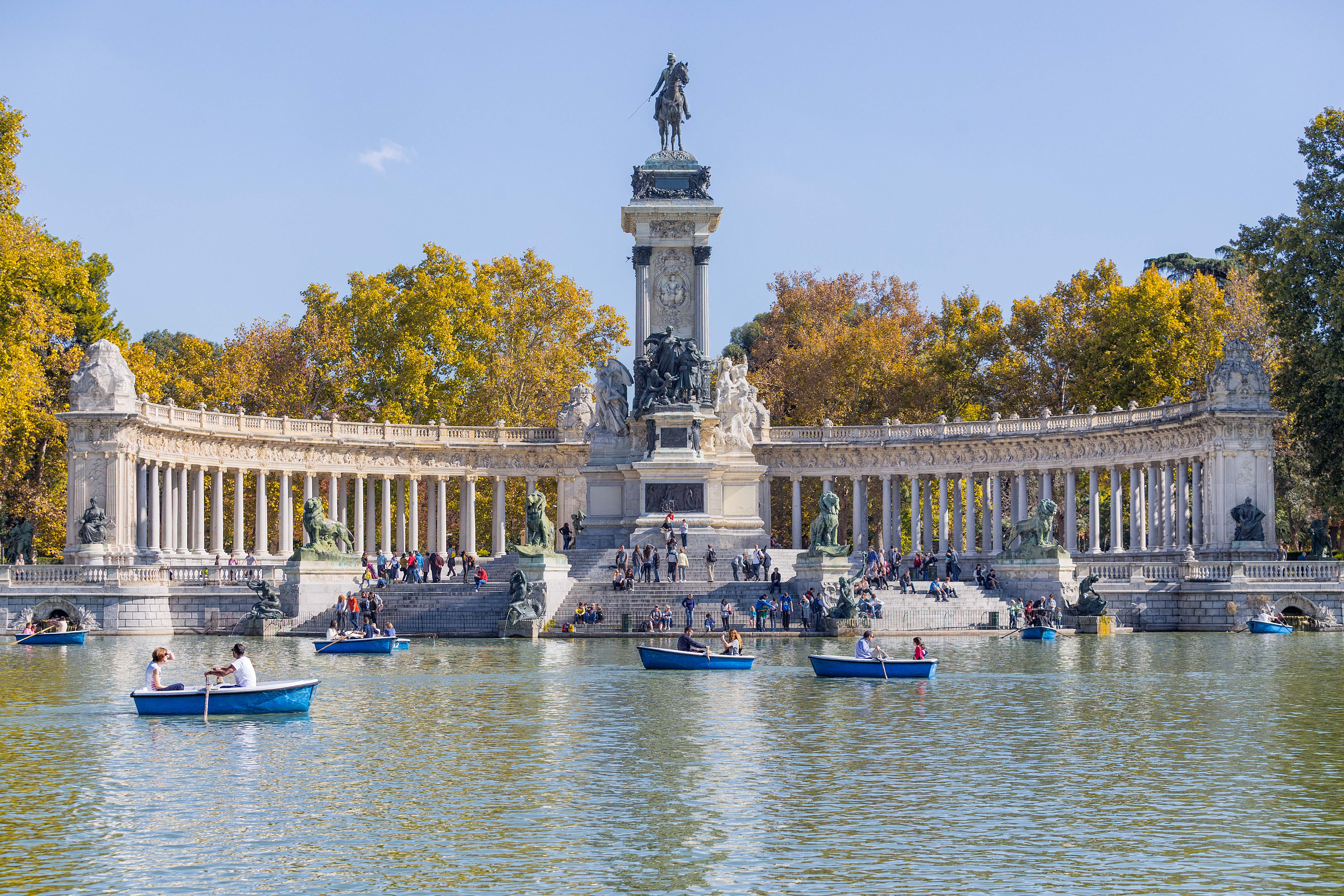
USPs
Planners who have taken groups to Tokyo are familiar with high service standards and an attention to detail that other destinations find hard to match. The Japanese even have a special word, omenatashi, to express heartfelt service; or komokai, which denotes sensitivity and that renowned attention to detail.
These qualities, combined with organisational capabilities when hosting thousands of delegates, were seen at events such as the 2012 World Bank-IMF meeting, which attracted more than 10,000 delegates, and the International Bar Association conference in 2014, with around 6,000. Much of the credit for the city’s successful 2020 Summer Olympics bid can be attributed to the organisational prowess and the positive feedback concerning accommodation and security when hosting large-scale conferences. Tokyo has also become more affordable thanks to a weaker yen and the range of hotels available in the city.
Venues
Tokyo International Forum – Located in the city’s banking district and connected to the rail and subway system, the TIF hosted the World Architecture Congress in 2011 and is the city’s premier exhibition and conference space. Its angular, glass-fronted design helps with energy-saving and its courtyard spaces host food trucks that are a lunchtime favourite with delegates.
Toranomon Forum – Mori group has properties dotted around Japan, but its Toranomon Hills tower is an example of a hi-tech, earthquake-resistant building that houses conference venues as well as restaurants, offices, and an Andaz hotel. Mori also owns the Roppongi Hills tower, which also has Forum meeting space.
Tokyo Big Sight – In Odaiba, along the waterfront of Tokyo Bay, stands another geometrically intriguing set of towers devoted to large exhibitions and business events. Big Sight hosts the Tokyo Car Show and will facilitate the world’s media when the 2020 Olympics comes around.
Connections
Haneda Airport handled more than 75 million passengers last year, although Narita is the predominant international airpot, handling more than 30 million. Haneda has the advantage of being along Tokyo Bay, but Narita can be reached in 36 minutes from Nippori station on a Skyliner express train. Business Events Tokyo – an arm of the city’s tourism bureau – works with more than 400 partners to facilitate planners while DMCs such as The J Team, Kuoni and Destination Asia Japan have grown with multilingual teams.
Excursions
The 634-metre-high Tokyo Skytree is visible from Narita airport, but for a more dramatic view try the helicopter tours that take off from a Mori building alongside the ANA InterContinental Akasaka. VIP fast-track tours can take groups to reach the Skytree’s upper viewing platforms via high-speed elevators.
Out-of-town options include Hakone, near Mount Fuji, and the ancient township of Kamakura. For those staying in the city, Ginza is ideal for department stores, or Akasaka for electronics. Parks range from the Imperial Palace East Gardens to the zany pop culture antics at Yoyogi Park. Day tours are available that take in everything from the Miraikan science and engineering museum to Omotesando, known as “Tokyo’s Champs-Elysees”. There are also water bus cruises on the Sumida River with stops that include the city’s oldest geisha district. The Tsukiji fish market, between the Sumida River and Ginza shopping district, is famous for its restaurants and seafood chefs, often available to demonstrate the traditional art of preparing sushi.


